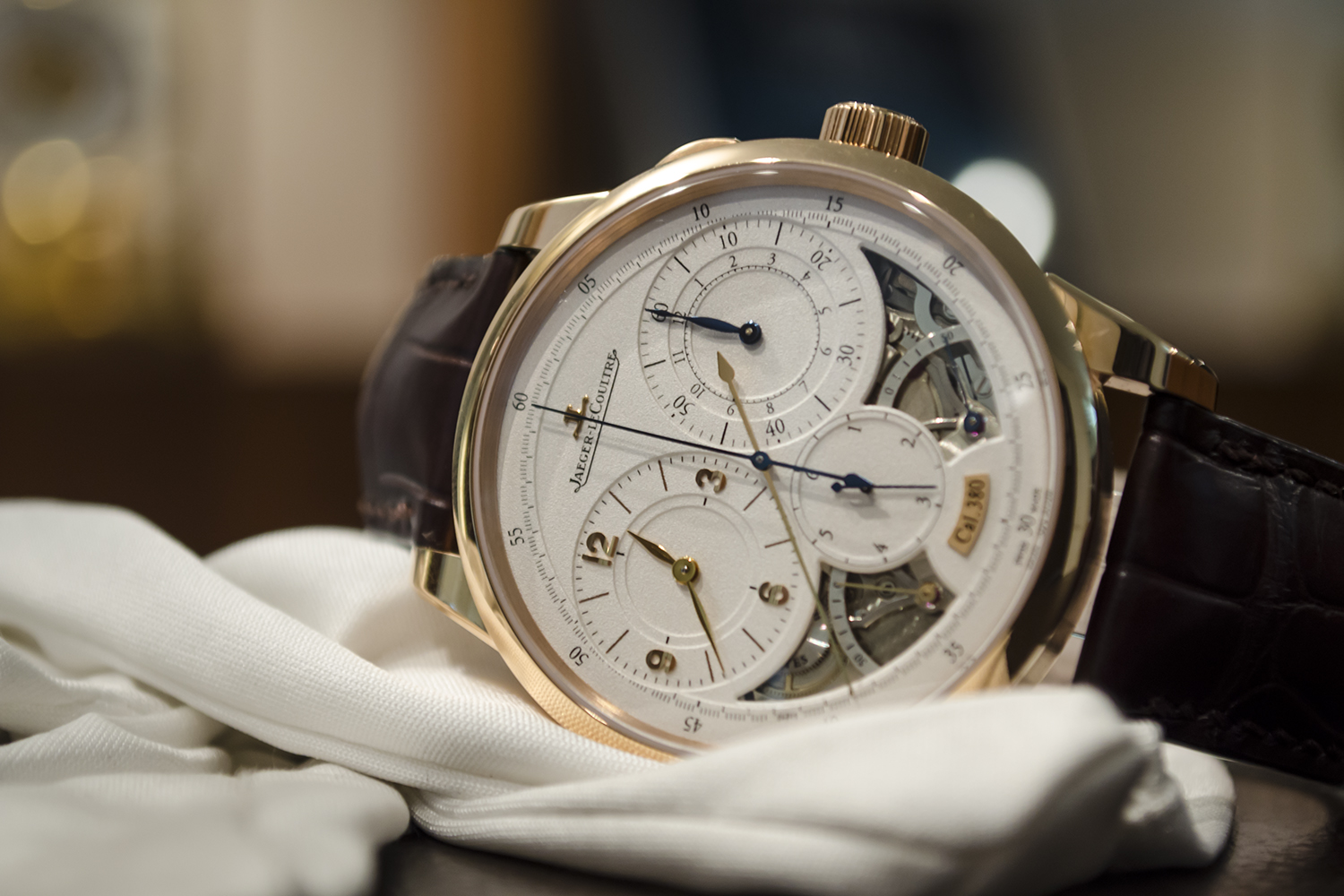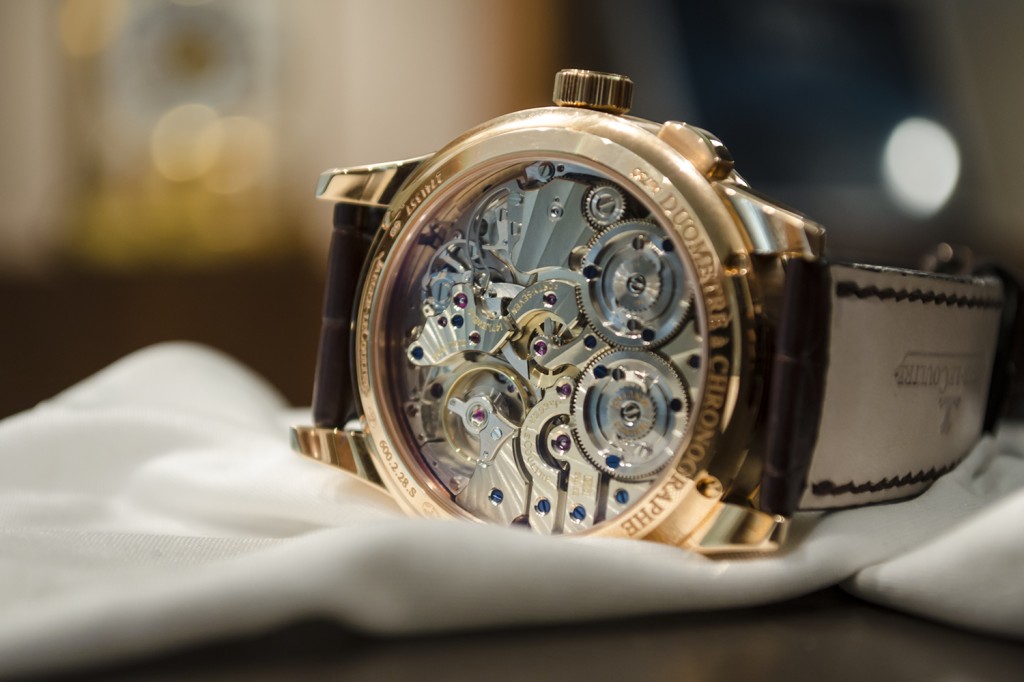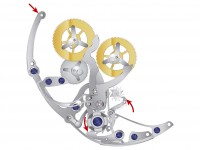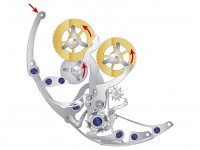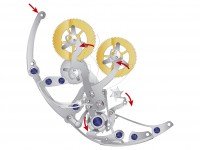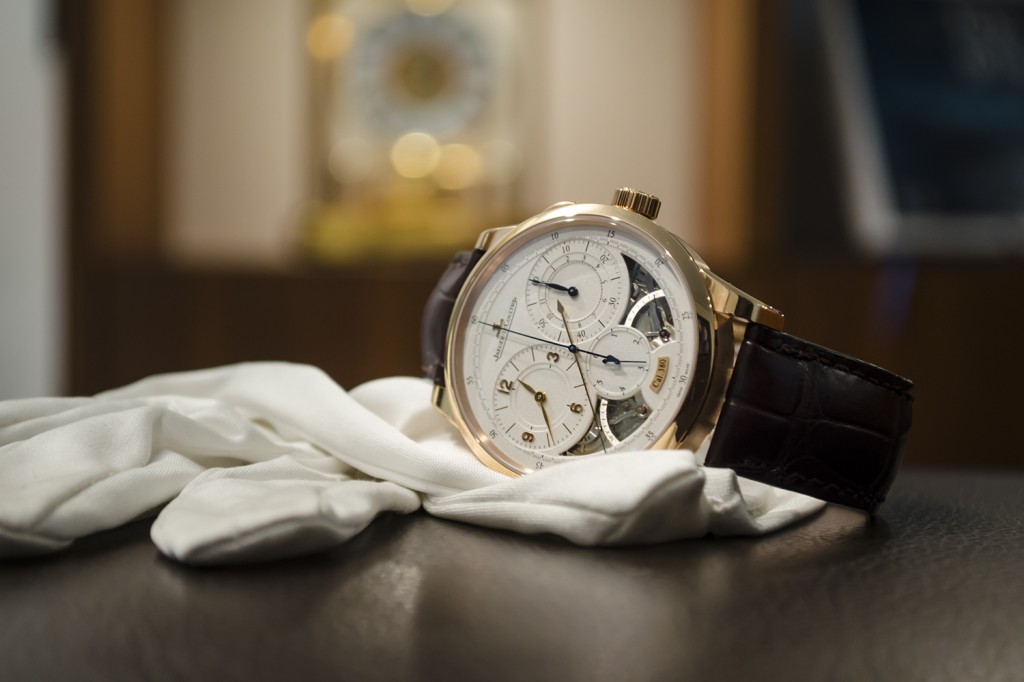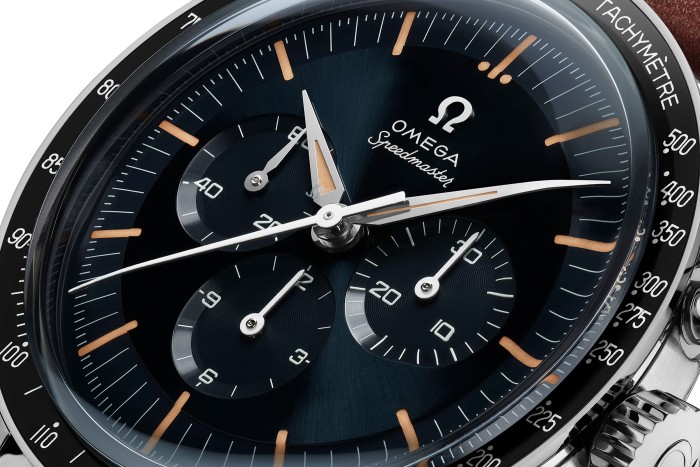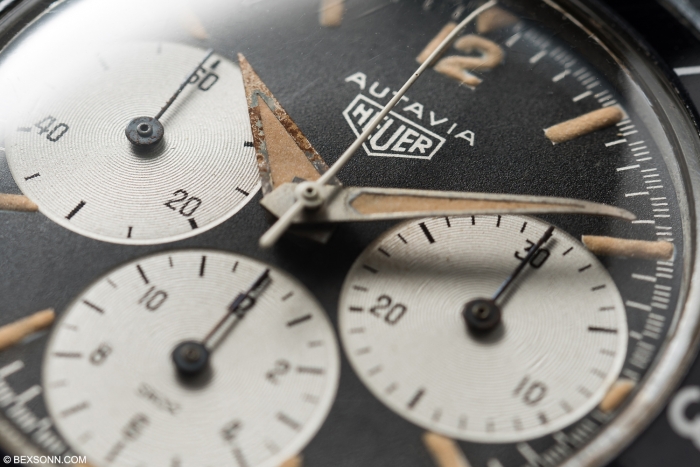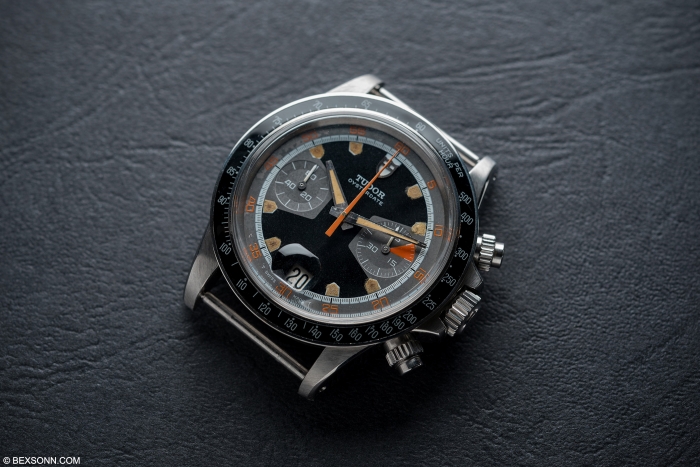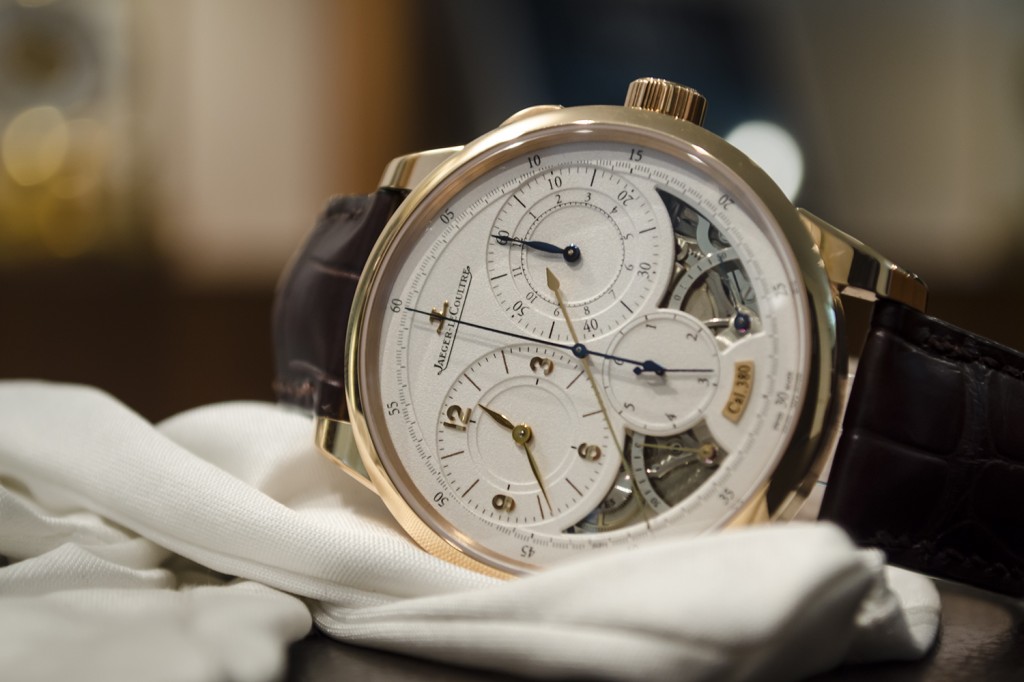 JLC Duomètre à Chronographe Ref 6012521: A few months back I had the pleasure of getting my hands on this 2013 novelty timepiece. Jaeger-LeCoultre is a true watch manufacture of timepieces and produces some of the world’s most complicated wristwatches. I’ve already covered, arguably, their most iconic timepiece: the Reverso. However, the Duomètre à Chronographe falls into their fine-art watchmaking category. And what a fine piece it is indeed!
JLC Duomètre à Chronographe Ref 6012521: A few months back I had the pleasure of getting my hands on this 2013 novelty timepiece. Jaeger-LeCoultre is a true watch manufacture of timepieces and produces some of the world’s most complicated wristwatches. I’ve already covered, arguably, their most iconic timepiece: the Reverso. However, the Duomètre à Chronographe falls into their fine-art watchmaking category. And what a fine piece it is indeed!
When I first came across the Duomètre à Chronographe, without knowing any of it’s little secrets, I immediately thought “what a stunning piece!” But on closer in inspection, looking through the exhibition case back, I noticed the things I’d expect to see in a chronograph movement simply weren’t there? Jaeger-LeCoultre has literally reinvented the chronograph.
The Duomètre à Chronographe houses the new Calibre 380, nicknamed the Dual-Wing. The concept behind this movement is just simply incredible.
Historically, chronograph movements are directly activated by the seconds’ wheel, which directly draws its power from the same mainspring used to display the time. Using a mechanism called the coupling-clutch; it couples the chronograph to the time display mechanism when starting the chronograph operation and then uncouples it when the timing operation is stopped. The vertical clutch is probably the most common one used today and can be found in the likes of the Daytona’s and Speedmaster’s.
The Dual-Wing Movement:
The Calibre 380 Dual-Wing employs a completely different approach to its chronograph complication. The Dual-Wing concept removes the need for a coupling-clutch and therefore the precision of the watch is not affected by the chronograph. This is due to the fact that it uses two barrels: one for the normal, hours/minutes operation of the timepiece and a second for the chronograph function. This also allows the timepiece to have 50 hours of power reserve for the normal timekeeping function and 50 hours for the chronograph function but note, there is no transfer of power between these barrels at any time.
The construction principle of the Calibre 380 uses a fascinating horological device to replace the Coupling-clutch: the jumping-seconds mechanism.
Mounted on the axle of the escape-wheel is an additional 30-toothed wheel. This wheel transmits the beat rate of the balance to a six-toothed wheel, producing a complete rotation every second and displays one-sixths of a second via a hand at 6 o’clock. This in turn sets off a mechanical chain reaction, which enables the timepiece to display the chronograph seconds, minutes and hours.
The complex nature of this watch is easily overcome when starting, stopping or resetting the chronograph mechanism. Each time the single pusher located at 2 o’clock is activated; it operates in the exact same, start-stop-reset sequence. Each time you perform this process all five key functions: chronograph hour and minute hands, the minute-unit disc, as well as the central chronograph seconds hand and the jumping-seconds hand, go through this cycle. Admiring the intricate resetting ballet performed by the four chronograph hands and the disc through the sapphire case back is truly fascinating.
Hopefully the pictures below will help you understand how the mechanism works a bit better.
The Duomètre à Chronographe:
The design has been well thought-out, distinguished by absolute clarity and readability. Two large subdials are arranged symmetrically, one at 10 o’clock with the watch hour and minute hands, and another at 2 o’clock with the chronograph hour and minute hands.
The dial also carries two power-reserve indicators, one at 7 o’clock for the conventional watch hands and the other at 5 o’clock for the chronograph. The jumping-seconds hand which jumps in one-sixth of a second increments is cleverly positioned at 6 o’clock, below and between the watch and chronograph sub-dials. The dial is finely grained and carries the movement or watch number on a dedicated plaque at 6 o’clock. The hour, minutes, second’s chronograph have also been made easily distinguishable by using two different finishes: blued steel for the chronograph function and gold-plated for the normal timekeeping function.
The case of the Duomètre has two different finishes. It has polished welded lugs and a satin-brushed caseband. The case measures a very modest 42mm in diameter and this particular model of the Duomètre is only available in pink gold.
Conclusion:
While the Reverso is without doubt Jaeger-LeCoultre’s bestseller, there is no denying that their fine art watchmaking is of the highest quality. At £31,500, when you consider the innovation that has gone into creating a new chronograph movement entirely from scratch and then the level of detail that has gone into the timepiece that will encase this movement – all you can do is admire this piece of Haute Horlogerie. The 42mm case makes this timepiece very comfortable to wear but it’s probably not suited to every occasion. It would’ve been nice to see some more detail lavished on the movement, the likes of which can be found in Lange’s and Patek’s but I guess this is just something that JLC don’t do.
For more information on this timepiece, take a look at the official Jaeger-LeCoultre website.
